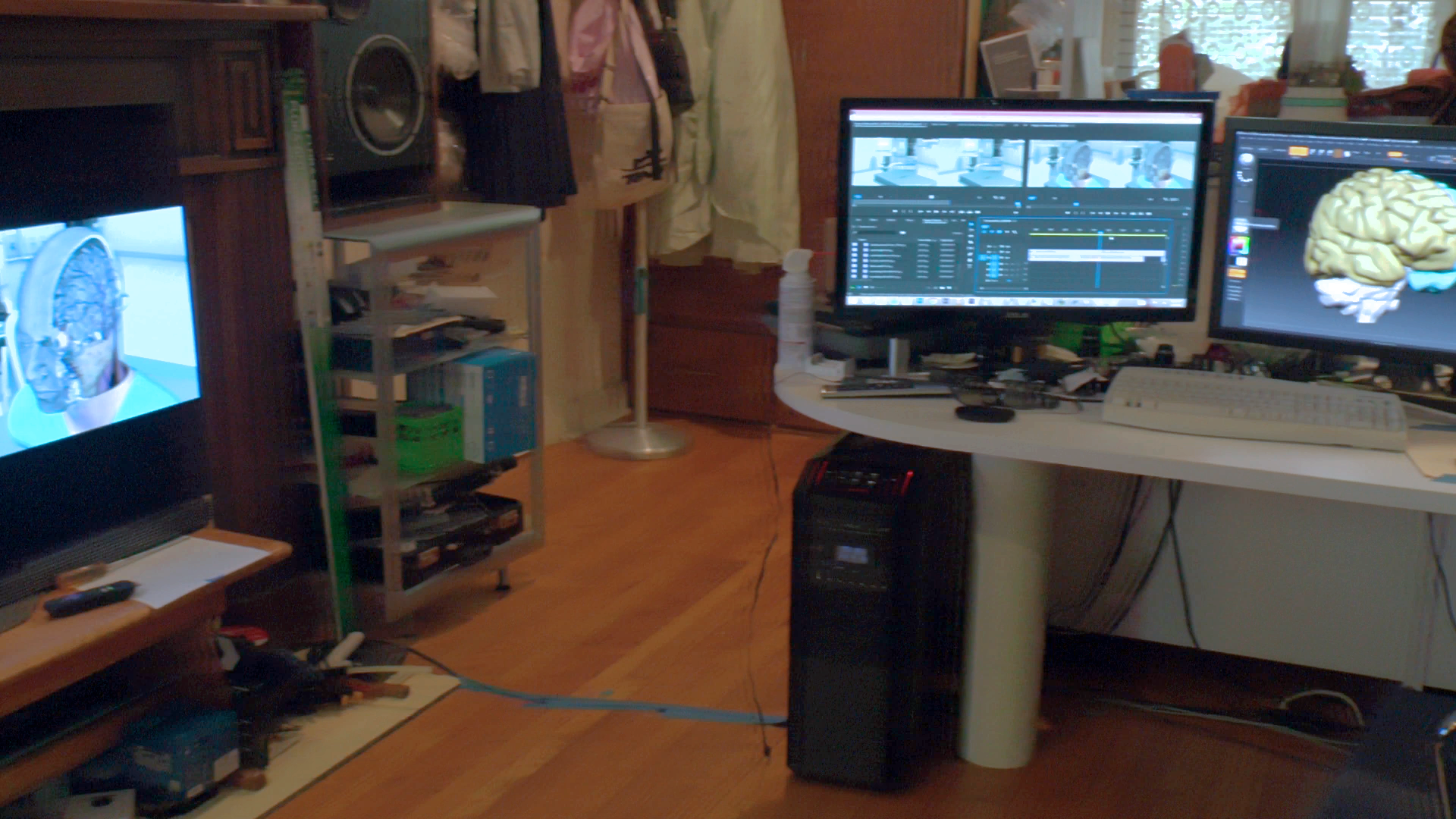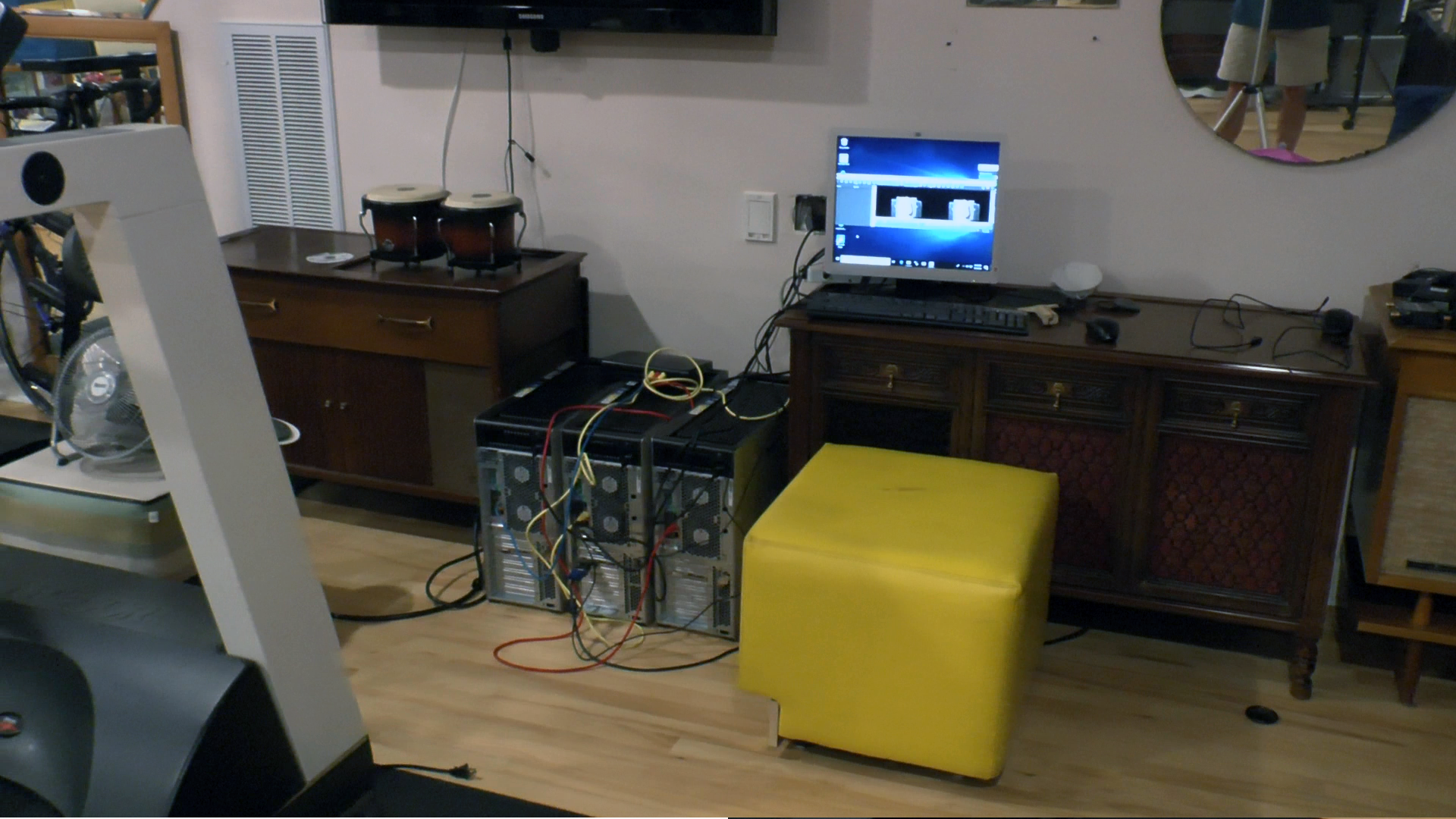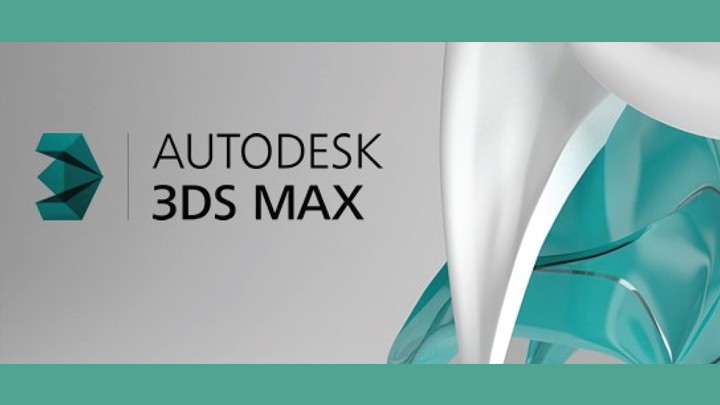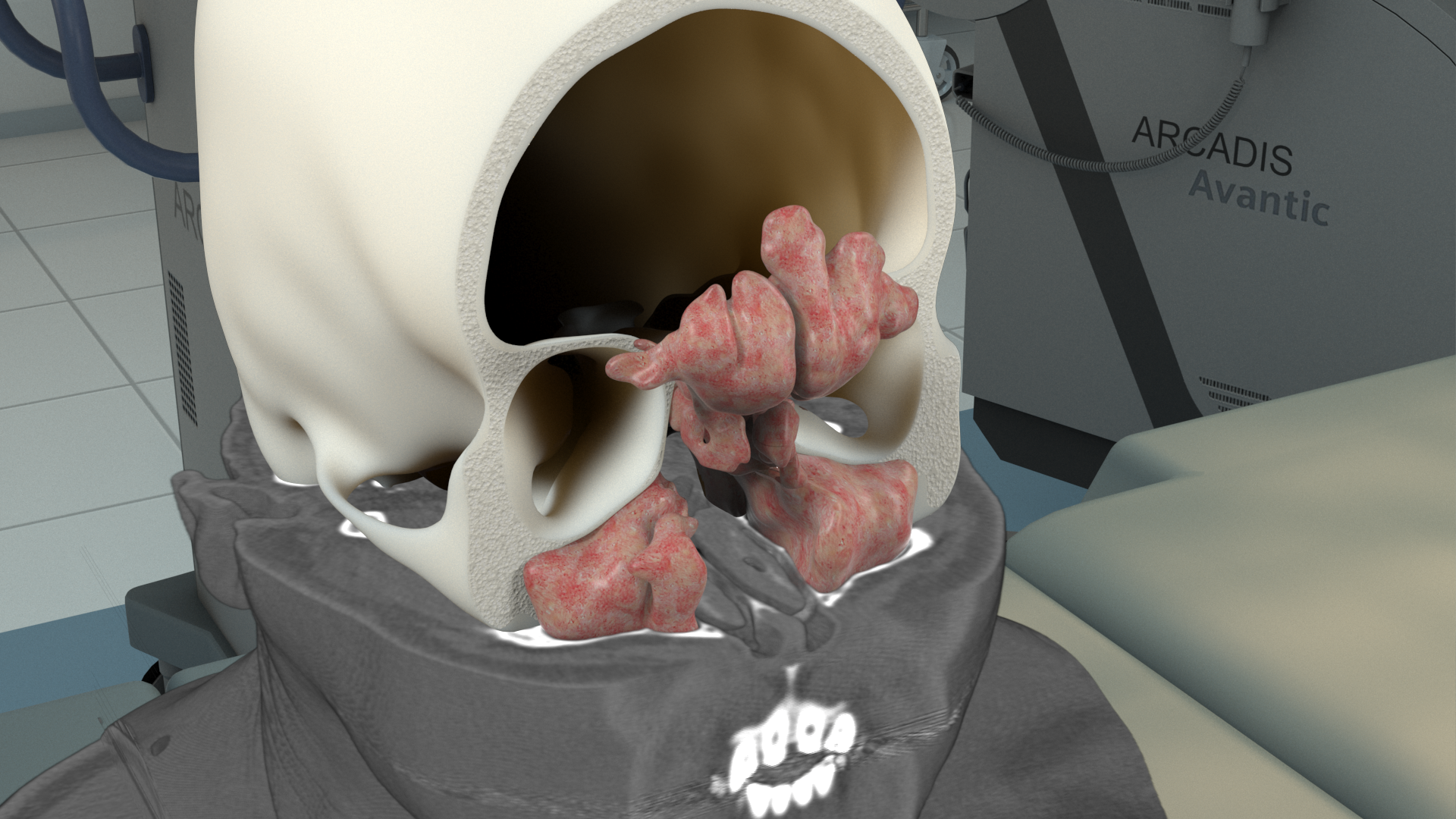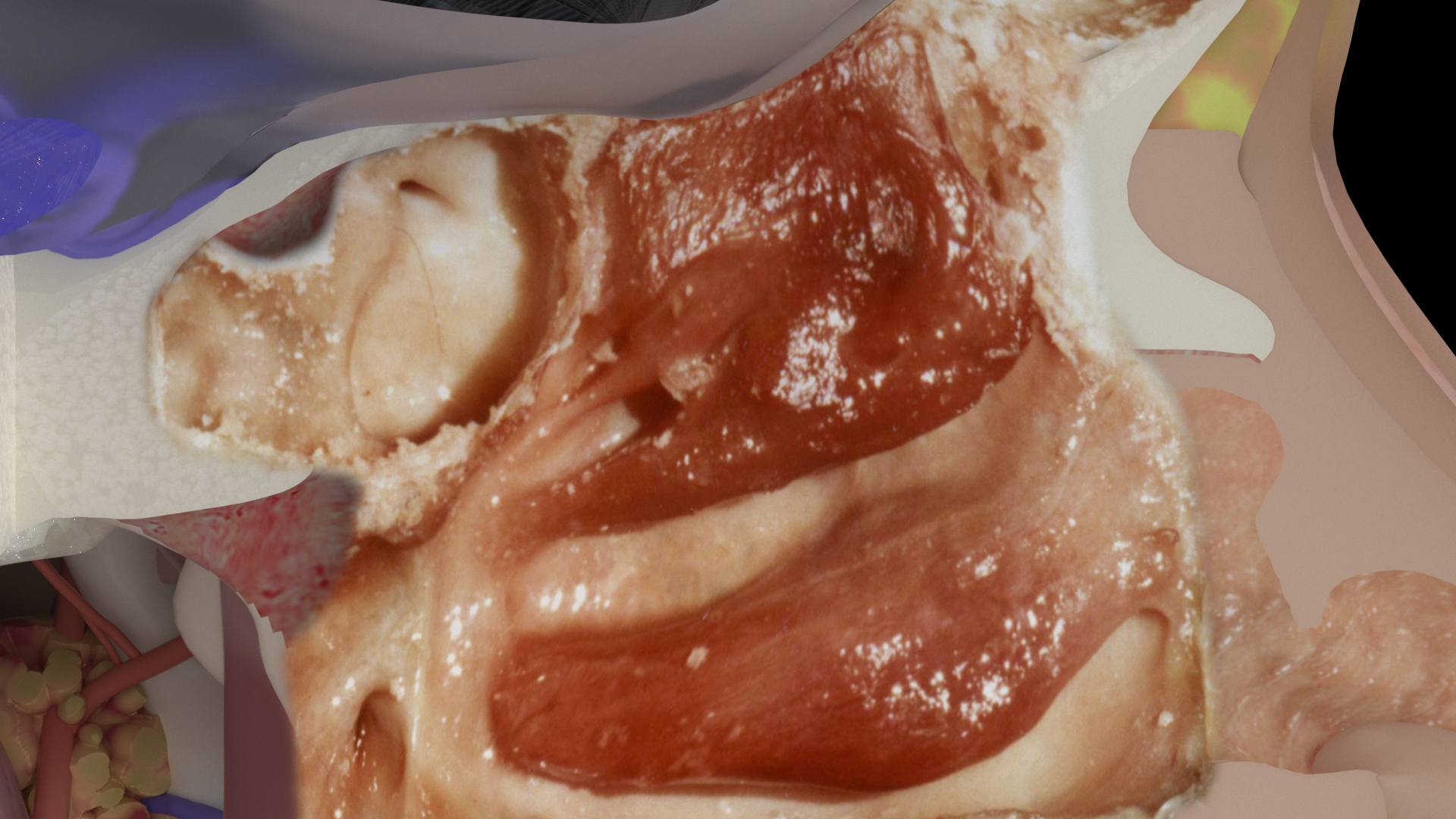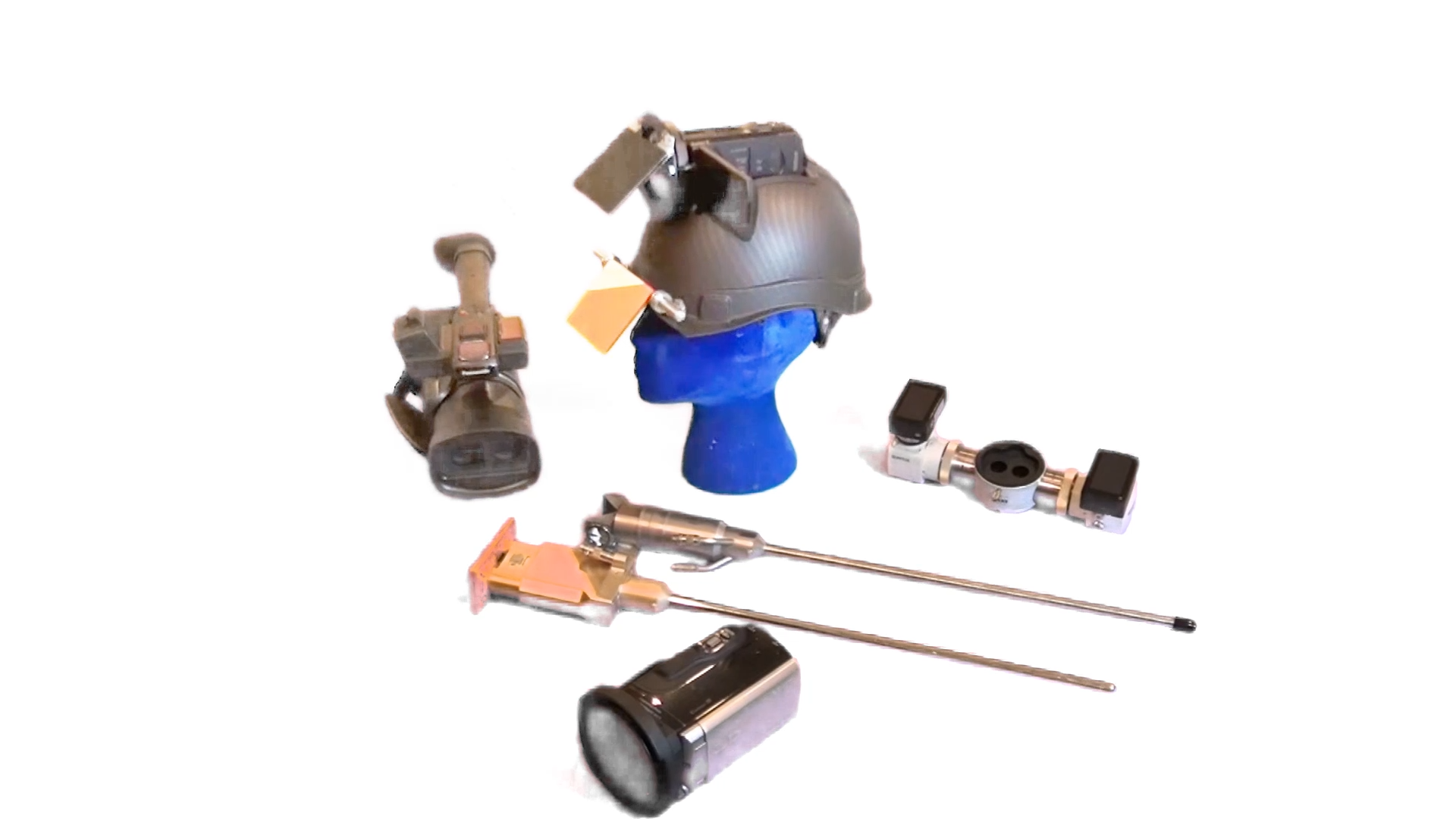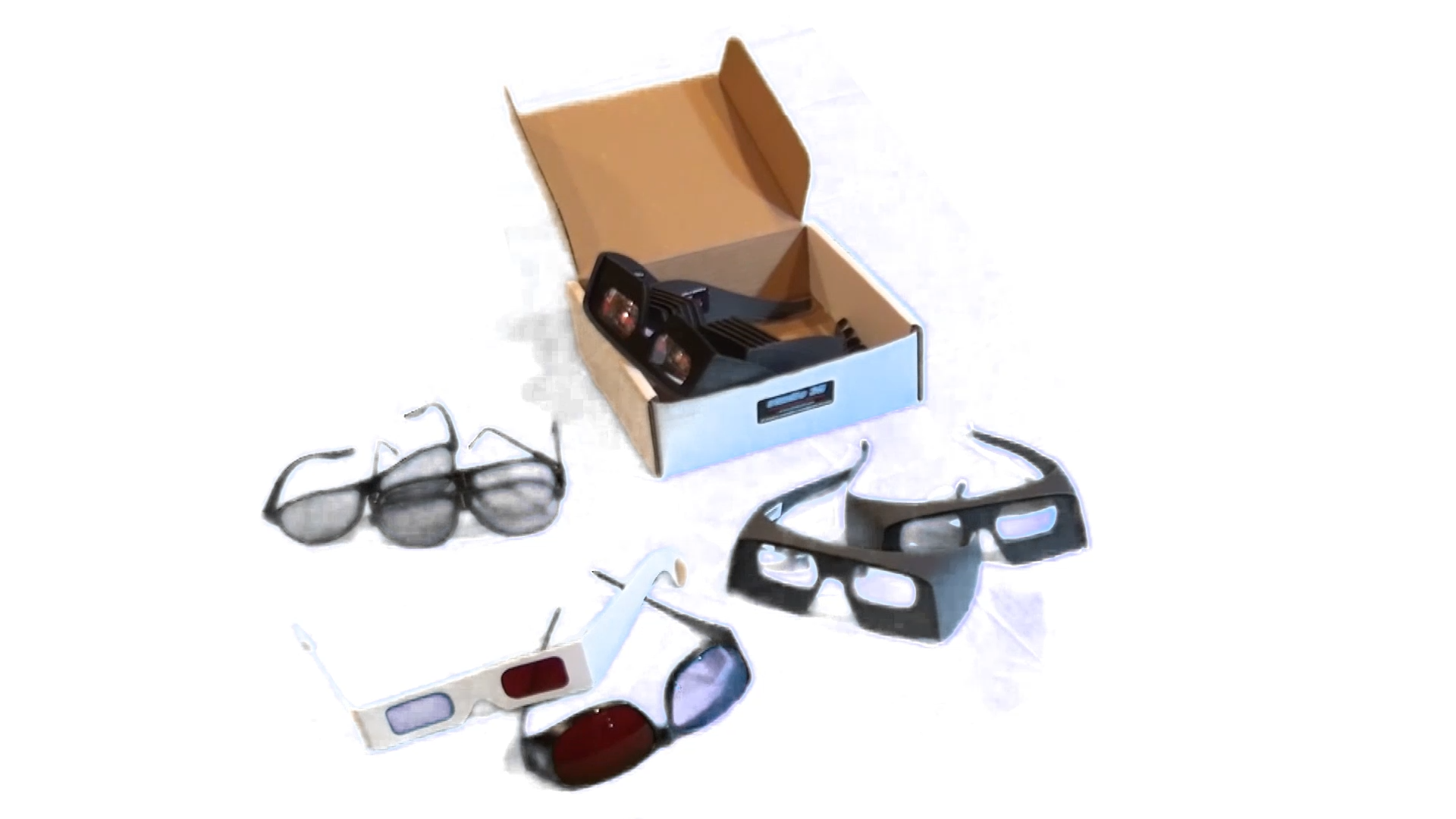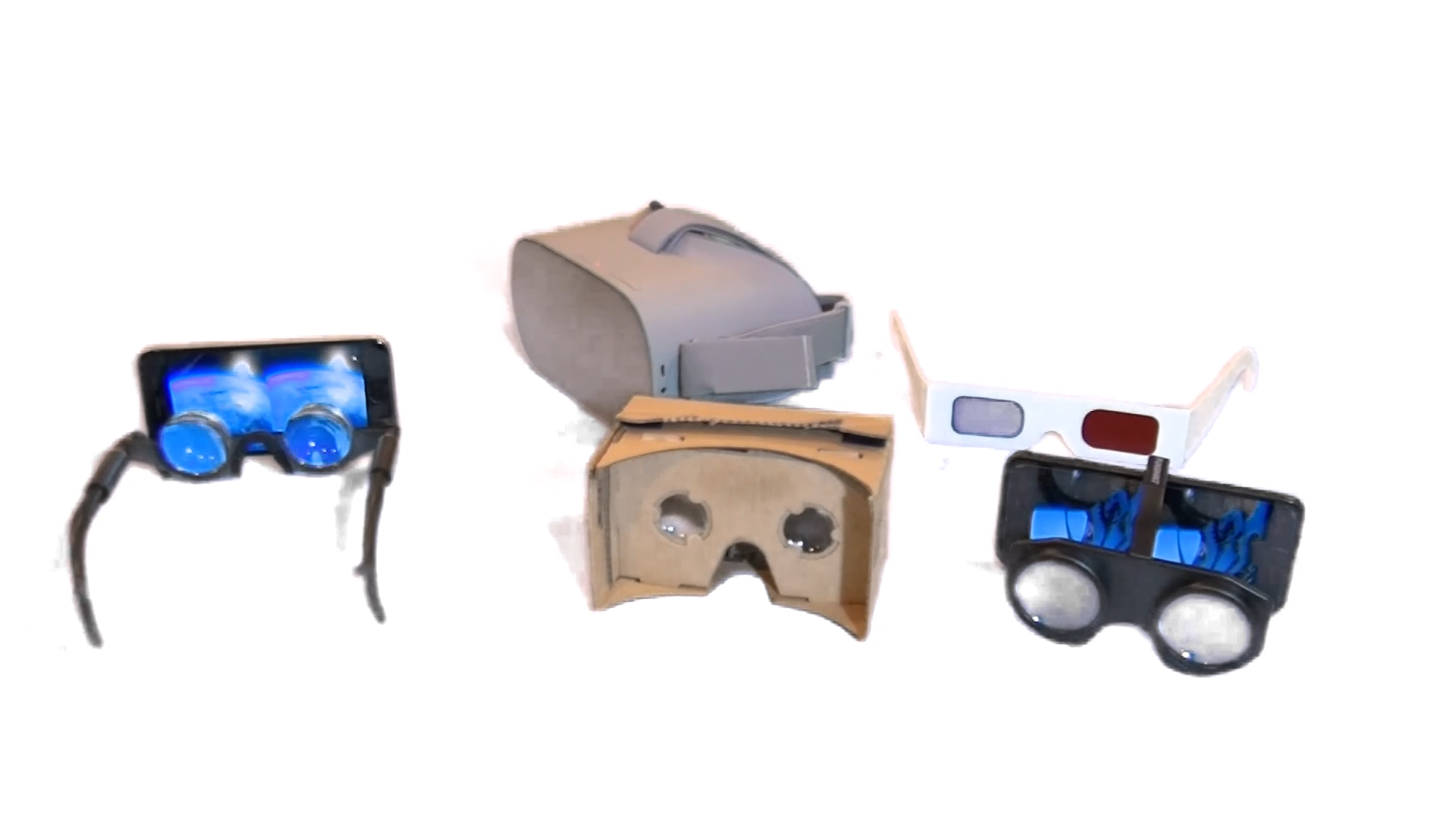Nose Cards
ENT3D was inspired by a project that started 20 years ago. I built a simple 3D model of sinus anatomy and created an educational package called Nose Cards.
Nose Cards was published in 1999. CT scan data and 3D Studio Max were used to creat relatively simple computer models of nasal and sinus anatomy. The kit was provided to physicians and patients with to explain the basic structure and function of the nasal cavity and the sinuses. The series was printed on cards that were inserted into a folding viewer that provided a 3D experience. The series can be viewed as a slide show here.
Hardware and Software
The original shapes were obtained by using high resolution CT scans and using ITK Snap, a research radiology program that helps "segment" individual structures in CT scans and MRIs. The spacially accurate initial models were brought into ZBrush, the industry standard organic modeling and sculpting program. Here they wered formatted into modern models with multiple resolution layers, displacement maps, UV Maps, and textures. The completed textured models were then brought into 3D Studio Max for animation and rendering using V Ray rendering engine. My workstation is a fairly robust 10 core overcloced i7 workstation with multiple monitors and high end graphics card. One of my monitors is the 55 inch 4K LG 3D TV, which is used to preview and tune the 3D effects.
I have 2 of 32 core AMD Threadripper based computers that serve as a render farm to speed the production. These "nodes" are working day and night drawing frames. 3D high resolution images take a great deal of computer power and time.
The resulting images are then composited in Adobe After Effects or Premier Pro. Photoshop is used where needed. Compositing the final renders allows various components of a scene to be rendered seperately and composited in ways that allows future flexibility, best final appearance, and most efficient rendering times.
The videos are managed in Premier Pro and the 3D effects are managed with a plugin from Vision III Imaging company. This plugin is also helpful in editing the 3D video footage from my various cameras that are used to document physical findings, surgical procedures, and other live interesting medical recordings. Some of the stereosopic camera footage is in a format the requires conversion using Power Director Studio®, a non linear editor with native 3D support. This package is also used to write some of the final output onto 3D BluRay DVDs.




